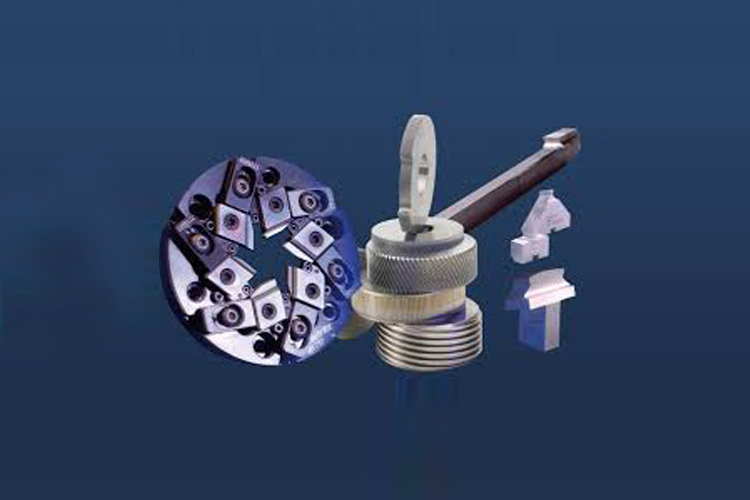The Die & Mould segment represents a very small portion of the Indian manufacturing industry. However, it plays a very instrumental role. Primarily made up of small & medium enterprises (SMEs), these firms are mostly privately owned. These SMEs rely on continuous flow of new orders, but as the car sales remain sluggish, major automotive companies have cut down on production, adversely affecting these SMEs.
Dies & Moulds are used across industries – from automotive to component manufacturers, from household appliances to fighter planes, it remains to be the fundamentals of manufacturing. But the economic downturn and changing consumer behavior has affected the industry, shaking its fundamentals.
If the production of any particular car is dropped, the component manufacturer would experience a similar drop in business. But when the whole project is cancelled or delayed, the die & mould makers witness a tremendous drop in their business.
A Business Dry Spell
Die & Mould SMEs play one of the central roles in manufacturing innovation. Any manufacturer who is seeking to introduce any new product is expected to require very specific and customised Dies & Moulds. But what happens when the manufacturers decide to put their production on hold due to the fall in demand and change in consumer behaviour.
A similar situation has taken a toll on the Die & Mould industry. The major end user of Die & Mould segment, the automotive industry has been lying low for the last few months, affecting the SMEs in Die & Moulds. The dry run continues as the demand for passenger vehicles remained sluggish during the end of 2013, with six of India’s leading automobile manufacturers together posting a decline of 2.3 per cent in monthly sales at 153,618 vehicles in December 2013.
This is not all; the Die & Mould segment suffers from various other snags, such as lack of skilled manpower and competition from other Asian countries including China, Taiwan, Korea and now Indonesia.
Adding To The Burden
The lack of interest in the youth to specialise in this segment, is slowly creating a huge need gap. There is urgent requirement for trained manpower from the Die & Mould manufacturers, but they have nowhere to go.
Manufacturers express concern about a looming skills shortage in the segment. According to them, many in the workforce are likely to have learned and enhanced their skills mainly on the job but often do not have the technological skills required in the present competitive times; while on the other hand, not many technologically skilled and trained young people want to be a part of this section.
The area needs special concern so as to attract young talents to the segment due to its highly skilled nature and importance in manufacturing.
Apart from this, the increase of imports from other Asian countries has posed a challenge in front of this section of the industry.
Utilise, Update and Overcome
While the SMEs suffer from major hurdles from various entities, there is still hope of revival. If predictions are to be believed, the automotive industry may see a better time during the middle of 2014. It might help the Die & Mould segment to pick up from where they left. Experts believe this dry spell is a boon in disguise for the SMEs; they can utilise this period to update themselves with the latest technologies and be well prepared for the competition ahead.
Email: nishi@mfgtechupdate.com


